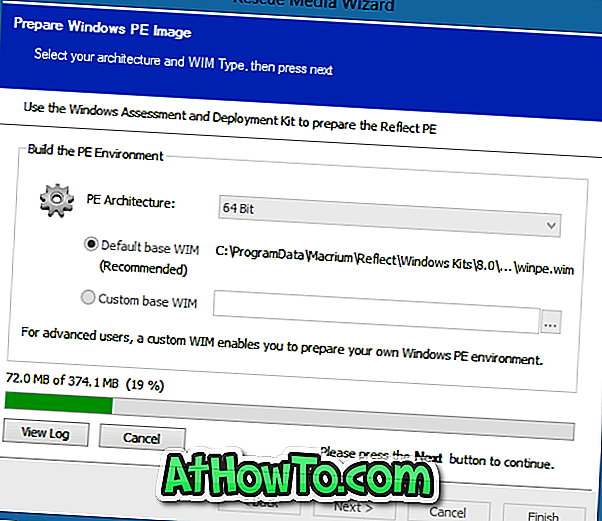


Although, do not rely upon this local copy as a rescue mechanism because it could be lost if you suffered hard disk failure or corruption leaving you without a method for rescuing your system. For convenience or for automated restores to your system disk, you can add Windows PE to a boot menu that's displayed when your system first starts. You can boot your computer into Windows PE from a CD, DVD, USB stick or USB attached external hard disk. Booting using a USB stick is a good workaround in this case as all USB 2 interfaces are supported by default. For example, if your CD drive is connected via an unsupported SCSI interface card or your boot menu lies on an unsupported RAID array, then the Windows PE cannot boot.


Note: You cannot add support for booting media because booting takes place before drivers are loaded. After you provide these additional drivers, Macrium Reflect adds them to the Windows PE environment. You can provide drivers by finding driver packages on the local hard drive, looking for driver CDs supplied with the system, or downloading drivers from the web. If it can't find appropriate drivers, Macrium Reflect prompts you to provide drivers. When Macrium Reflect creates a rescue CD or USB, it analyses your system hardware and tries to locate drivers for unsupported devices by looking on your system. The Macrium Rescue Environment needs to include support for your hardware such as USB ports, network interfaces, and in particular for your storage device if for example you use RAID disks. The default Windows PE environment supports a good selection of hardware and you can add support for further devices.


 0 kommentar(er)
0 kommentar(er)
